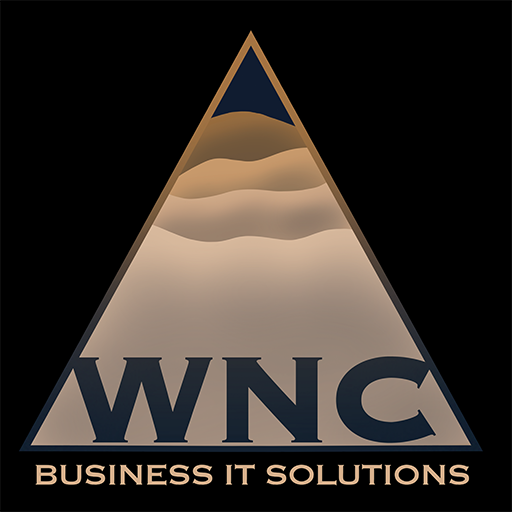Let’s face it since the pandemic, how and where we work has changed for most all of us. Between working remotely and coming back to the office or some variation of both, we’ve all been trying to create a new “normal”. With all this change, comes additional risks for cybercrime! When is the last time you reviewed your security policy?
Not to fear, we’ve got you covered! We put together tips to help your users keep up their defenses, no matter where they are.
User training to increase awareness and education, and to keep security top-of-mind, is the best defense against cyber attacks. OneWhoServes offers a user training program specifically designed to educate users to be aware and respond appropriately to cyber threats of all types.
Home and Office Network Safety
Data is the most valuable asset your organization owns!
Don’t just set it and forget it!
- Secure your network and components. If your home wireless network is named “John Doe home” or “123 Main Street,” then everybody knows which network to hack into. Pick a generic, anonymous name. Make sure you change all passwords that come with your network components. Those passwords are generally written in user manuals, which are posted online for all to see. If you have visitors to your home that you give access to your wireless, setting up a guest wireless network is recommended so that they can access the internet but not other devices on your network.
- Enable multi-factor authentication that requires a separate device when possible. Never save passwords in your browser and practice good password hygiene. Passwords should be updated regularly using phrases including #’s and special characters.
- Install Antivirus software on all devices. Antivirus software scans files for certain patterns or signatures of known viruses. Virus authors continuously release new and updated viruses, which is why it’s important to always have the latest AV version installed on your computer. Set your AV software to scan your system automatically. And remember to manually scan files you get before opening them. These include files you download from the Internet, email attachments, and files on USB drives and other media.
- Keep systems updated and patched. Your devices should be updated constantly to protect against current threats. This includes Windows machines, Macs, tablets, phones as well as applications that are installed on each. If your device can no longer be updated, it should be replaced
- Dispose of hardware safely. A typical computer hard drive can contain your photos, Social Security number, credit card numbers, tax records, bank account information, all of your website logins and passwords as well as other personal information. This information can remain even if the drive is erased or formatted. Desktop, laptops, hard drives, tablets and phones should all be securely wiped or physically destroyed before being thrown away or donated.
Using a Public Network?
What you need to know
Traveling? Be sure you are protected!
- First things first, NEVER use public Wi-Fi when accessing confidential information, use a personal hotspot instead. NEVER allow your device to auto-join unfamiliar Wi-Fi networks. Never! Ever! Disable automated Bluetooth pairing. Best practice is to turn it off when not in use.
- Keep devices secure and accounted for at all times. Use password protection, privacy screens and headphones if necessary.
- Restrict unnecessary access to apps. Check privacy and location settings on your apps to be sure apps don’t have access to information and features it doesn’t need.
- Don’t advertise that you are away from home! When you post that you’re on vacation, or when you “check in” to your favorite meeting place, that tells others not only where you are, but also that you’re not home. Your friends aren’t the only ones who’d like to know where you are. Thieves and stalkers do to. Don’t share too much!




